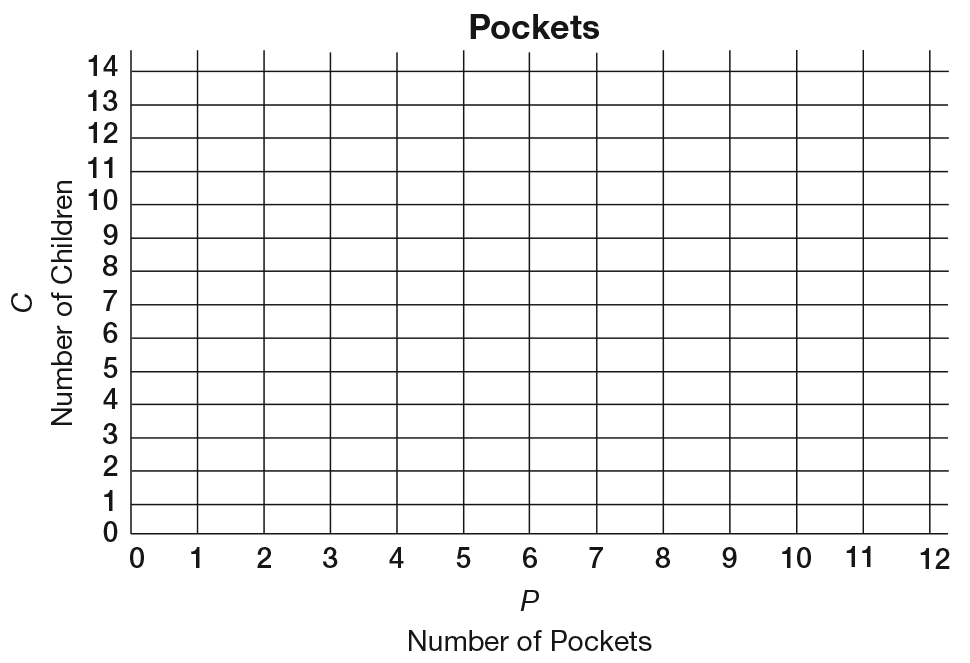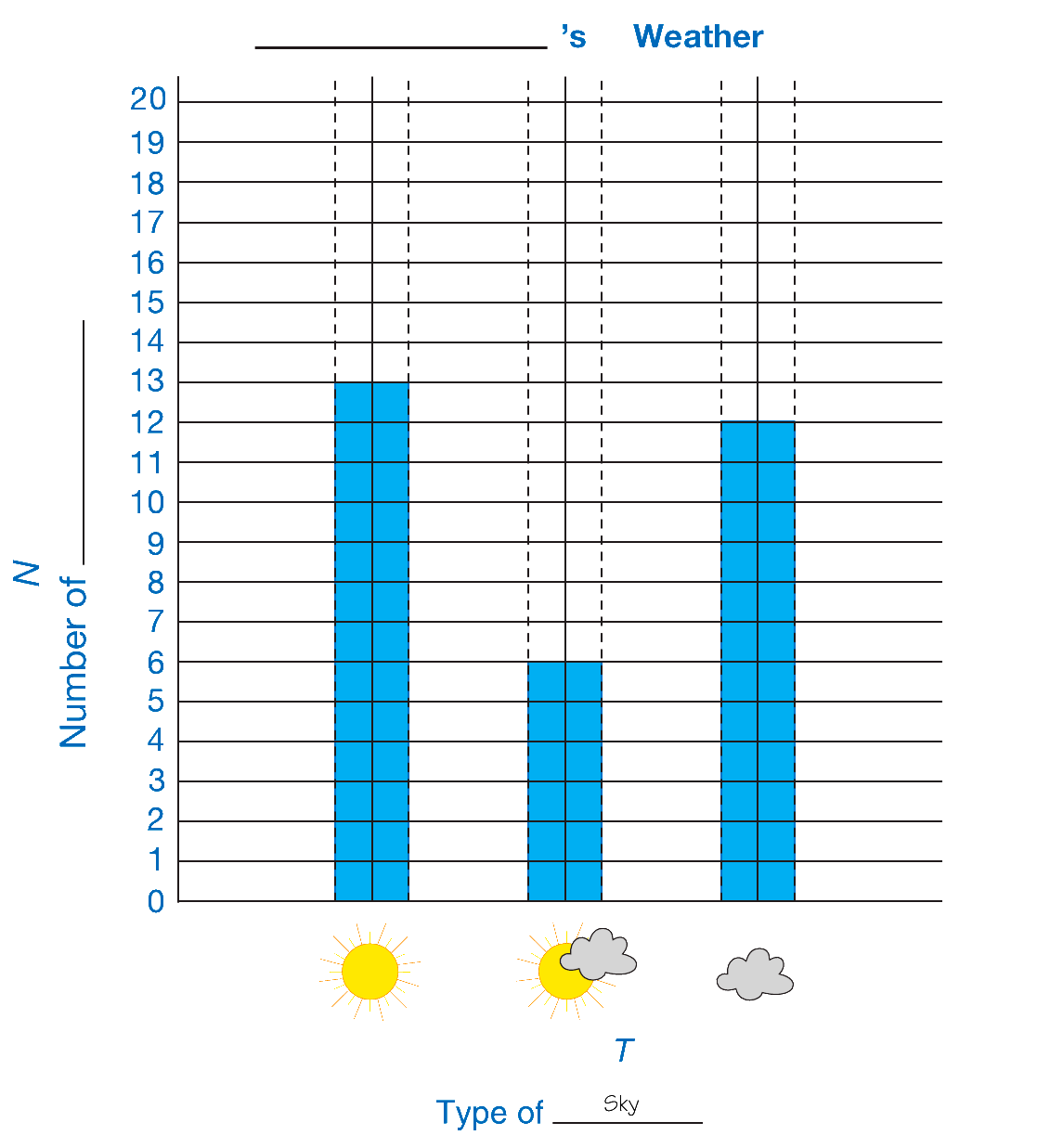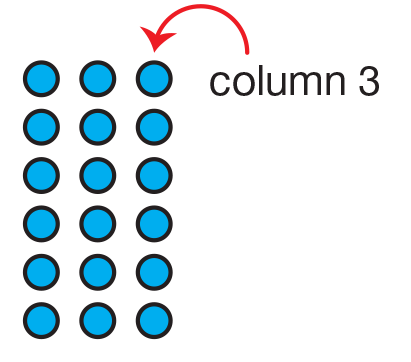Using connecting cubes, students collect data by counting the pockets in their clothing. They use this data to construct a group bar graph, setting the context for future lessons with partitioning numbers.
Content in this Lesson
- Collecting, organizing, and analyzing data using a bar graph.
- Reading a bar graph to find information and make predictions about a data
set [E9]. - Modeling real-world situations with a bar graph.
- Making predictions and generalizations about a data set using a bar graph.
- Telling how a graph is used to solve problems [MPE5].
Assessment in this Lesson
| Assessment | Expectation Assessed | Math Practices Expectation Assessed |
|---|---|---|
|
Pockets Graph Observe Analyze the Data Teacher Guide - digital |
|
|
|
DPP Item H What Number? 3 Teacher Guide - digital |
|



















